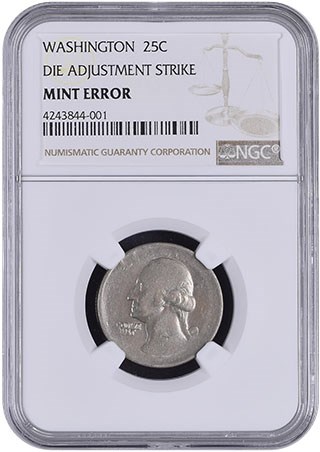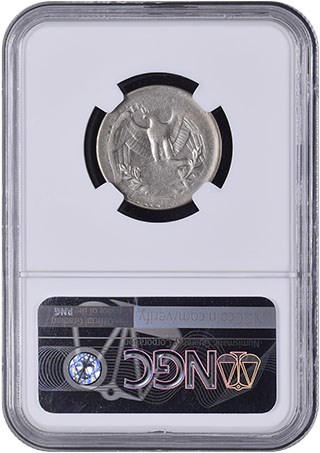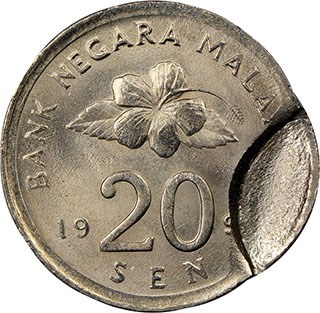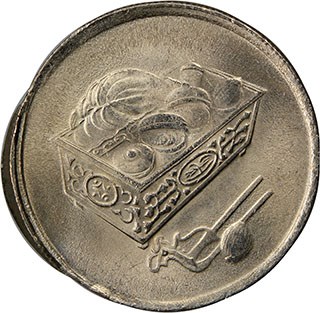Learn Grading: What Is a Mint Error? — Part 2
Posted on 11/12/2019
Every year, mints for major countries produce billions of coins. Despite sophisticated technology and comprehensive quality control efforts, some mistakes are made. Coins with mistakes are called “mint errors” and are among the most popular segments of numismatics.
In this series, NGC continues to explore mint errors and their causes. Part 1 focused on the mint errors primarily caused by the dies used to strike the coins. Here, in Part 2, we begin to look at errors caused by the strike itself.
Die Adjustment Strike: Also known as a die trial, this error occurs when a coin is struck from the press with very little pressure. When the press is being set up and adjusted, extremely weak strikes can occur as part of the process of optimizing the strike pressure. Coins struck in this process are typically destroyed and are rarely found in circulation.
Strike-Through Error: This error occurs when a foreign material comes between the planchet being struck and the die. It can be anything from string or wood to grease. The South African coin seen here shows that something interfered with the strike at the word SOUTH near the rim of the coin.
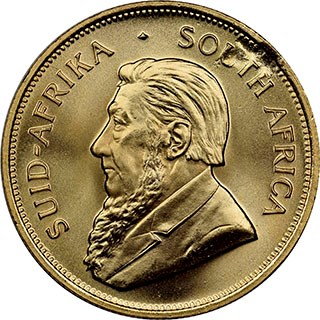 |
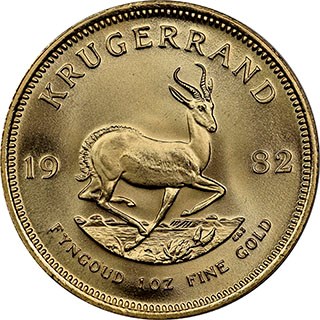 |
| 1982 South Africa Krugerrand, graded NGC Mint Error MS 67 - Obverse Struck-Through Click images to enlarge. |
|
Off-Center Strike: This occurs when a planchet is not restricted by a collar. When this occurs, only part of the planchet is between the upper and lower dies. When the dies impact the planchet, only part is struck with a design.
Uniface Strikes: Uniface coins occur when two planchets are in the press at the same time. Each planchet only receives half of the design: either the obverse or reverse.
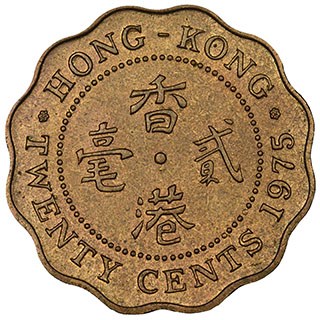 |
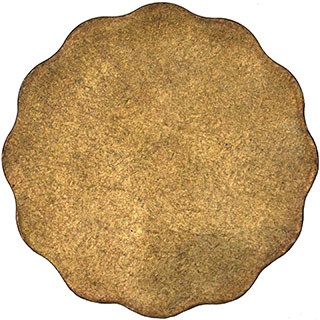 |
| 1975 Hong Kong, China 20 Cent, graded NGC Mint Error MS 66 - Reverse Half of Two Coins Struck Together Click images to enlarge. |
|
Indents: Another error involving two planchets, this occurs when they are fed inadvertently into the same collar, with one planchet only partly covering the top of the other. When the hammer die strikes this combination, the top planchet is forced into the bottom planchet, creating a depression that is shaped similar to the top planchet. A very rare type of indent occurs when a planchet intended for one denomination lands on top of a planchet from a different denomination.
Double-, Triple- and Multi-Struck Coins: When a planchet is struck by the dies, the normal procedure is for the feeders to eject the struck coin out of the collar and into a chute. If there is a malfunction and the struck coin isn't ejected, it may receive a second or third strike by the dies. A multiple-struck error can occur in many ways and in combination with other errors.
 |
 |
| 1943 (B) India 2 Annas, graded NGC Mint Error MS 64 - Double Struck, 2nd Strike 75% Off-Center Click images to enlarge. |
|
 |
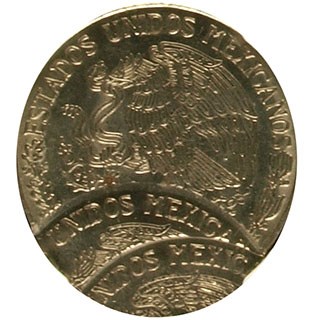 |
| 1981MO Mexico Peso, graded NGC Mint Error MS 62 – Triple Struck | |
Fold-Over: This is one of the rarest errors. It occurs when the planchet is standing vertically between the dies. During the strike, the force is so great that it bends and folds the planchet. These fold-overs can be centered or off-center, and come in many different shapes. There are a few fold-overs with multiple errors, either with an additional strike or fold-over. It is very rare to see this in denominations above cents.
 |
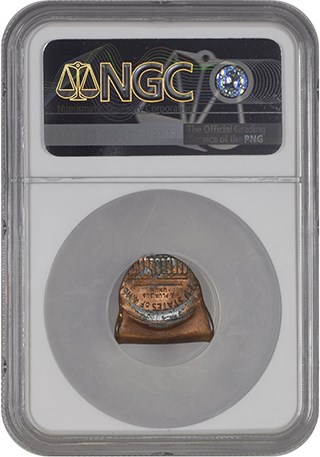 |
| 1989 Lincoln Cent graded NGC Mint Error MS 65 RD – Foldover and Struck Off Center Click images to enlarge. |
|
Feeder-Finger Strike: During the minting process, an aluminum feeder finger moves and picks up a planchet to move it to the coining chamber. Sometimes, if the movement is mis-timed, the feeder finger itself can be struck by the dies. This usually shears off an irregular piece of metal, which is then often struck multiple times.
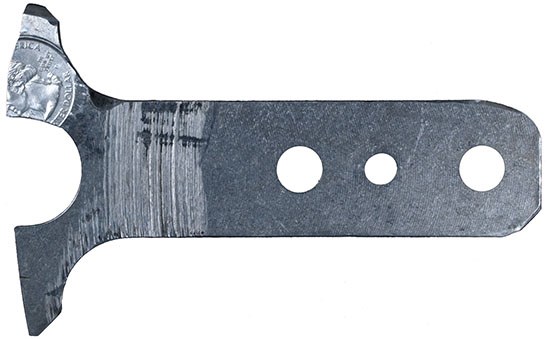 |
|
| Feeder finger struck with 2000-D Maryland State Quarter dies, certified by NGC Click image to enlarge. |
|
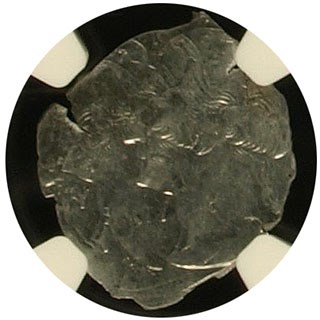 |
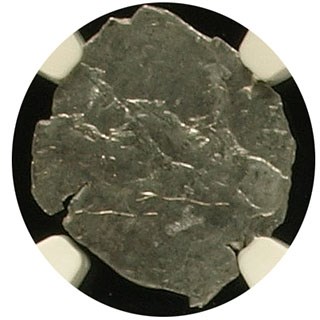 |
| 1999 Delaware State Quarter graded NGC Mint Error MS 62 – Multi-struck on a feeder finger fragment | |
NGC attributes major mint errors under its Mint Error service for an additional fee. For more information about NGC Services & Fees, click here.
Related links
- Learn Grading: What Is a Mint Error? — Part 1
- Learn Grading: What Are the SP and PL Prefixes?
- Learn Grading: What is a Proof Coin?
- Learn Grading: What is an NGC Details Grade?
- Learn Grading: What Are the Plus and Star Designations?
- Learn Grading: What Are Full Bell Lines?
- Learn Grading: What Is the Full Head Designation?
- Learn Grading: What Are Full Bands and Full Torch?
- Learn Grading: What are 5FS and 6FS
- Learn Grading: What are BN, RB and RD?
- Learn Grading: Prooflike (PL) and Deep Prooflike (DPL)
- Learn Grading: Proof, Proof Cameo and Proof Ultra Cameo
Stay Informed
Want news like this delivered to your inbox once a month? Subscribe to the free NGC eNewsletter today!
